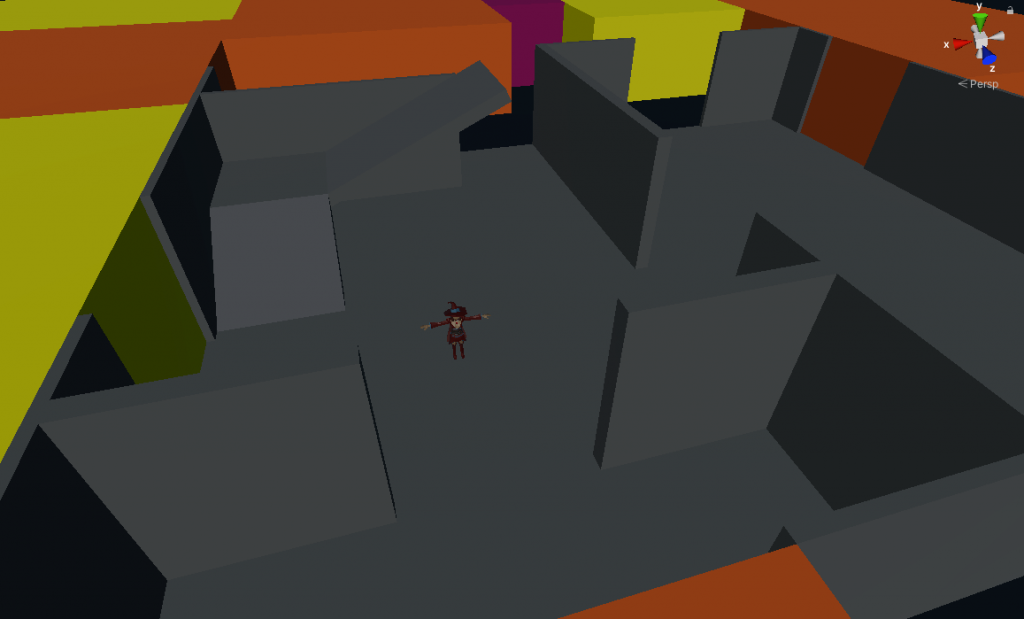
Demon Detective is on the case!
Hello everyone! It’s been a while since my last update and I’ve been spending the first part of 2021 so far working on several parts of my comedy detective game, Demon Detective.
The UI
The main character of Demon Detective is a demon called Monica, and she carries with her an investigator’s journal in which she makes notes of all the evidence she finds, and the testimonies she takes from the suspects. This means the journal user interface (UI) and functionality is going to be a large part of the game.
So, I have spent a couple of months figuring out how I’m going to organise the evidence and information the player learns about, how it needs to be laid out, how the player navigates it, and how they compare pieces of evidence to deduce something – which is a key ability they have. And here is my work so far:
Now you may think that doesn’t look like two months of work, and you’d be half right. As I am making this game in my spare time, in terms of man hours it is only two weeks worth of work. But, it turns out that UI is really fiddly to do, and there was a lot of extra set up for stuff that I had assumed would be built-in functionality, such as the window that dynamically enables scrolling on the testimonies screen.
I also had to create some temporary evidence and testimony logic to test it all out, but you can now:
- Click on a piece of evidence in the world, trigger a dialogue and add the evidence to your journal
- Talk to characters to update the information you have on any evidence
- Look at other stuff in the world, either through an action menu or just by clicking, to update the evidence
- ‘Deduce’ a fact when you have two pieces of information that match each other
- Compare two pieces of testimony (but only as a basic test, no proper logic behind it yet – I got bored of just doing UI stuff at this point 😀 )
So while none of that is particularly exciting, it’s all important and necessary work, and I’m glad it’s done. Well, about 85% of it or so. What remains is setting up the testimony logic so that I can both confirm and contradict suspect’s testimonies.
The layout
The current big task is creating the manor house where the murder took place. I have planned it out on paper, and I made a ‘lego’ blockout of all the rooms and corridors to make sure they actually fitted together. Oh, the joy of getting to call a block ‘secret passage’ 😀
I did a fair amount of research into the rooms that such houses have, and looked over some floorplans of classic manor houses and mansions to see how they tend to be arranged, before I created my own. Now I’m going through and swapping out the temporary positioning blocks for the actual room blockouts (see below) to make sure the room sizes, wall heights, corridor widths, stair angles, etc. all work with the character model and AI navigation.

So far it all seems to be making sense, with just a few tweaks as I go along. I’m slowly discovering just how big the manor house actually is, and how many rooms I am going to have to decorate. Thinking of possibily removing a whole floor to make it smaller, but I would be struggling to make the house make narrative sense without certain rooms, so I may just have to roll with it. Anyhow, not a decision to be made immediately, as I can continue to work on the floors and rooms I absolutely will need.
And as a final note, the character model and everything else shown at the moment is only temporary and placeholder. I won’t be looking into getting any final artwork until I can prove to myself that the gameplay works and is actually fun!
Tony.